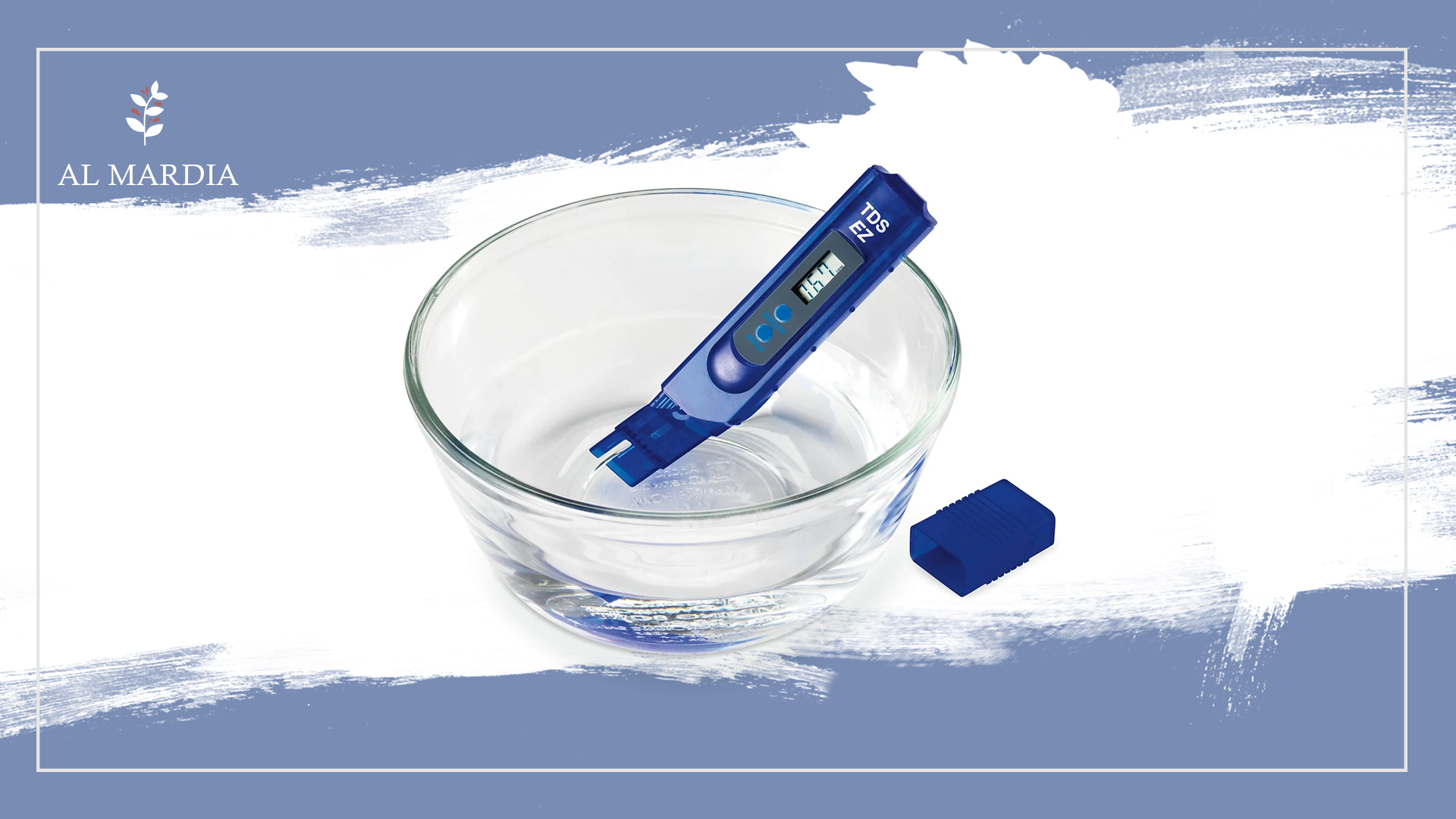
What is Total Dissolved Solid?
Total dissolved solids (TDS) present in natural water sources usually contain a combination of inorganic salts, such as chloride, calcium, magnesium, potassium, sodium, bicarbonates, and sulfates. These TDS are also caused by the presence of organic matter that has been dissolved in the water.
Human activities have been known to significantly contribute to the Total Dissolved Solids (TDS) levels in both surface and groundwater sources. Agriculture, water use, urbanization, de-icing salt applications, and mining can all contribute to the increase of TDS levels. This can lead to serious problems for aquatic ecosystems and drinking water sources. Understanding the impact of these human activities on water quality is essential in order to manage and reduce their effects.
What are TDS?
Total solids in water are dissolved, suspended, and settleable solid particles. Dissolved solids include ions such as calcium, chlorides, nitrate, phosphorus, iron, sulfur, and particles that are finer than 0.002 cm in diameter. Suspended solids comprise silt, clay particles, plankton, algae, and other organic matter which are too small to pass through a 2-micron filter.
The amount of total dissolved solids in water can have an impact on the water balance within cells of aquatic species. If these creatures are placed into a very low solids environment, such as distilled water, the pressure will cause them to swell as the water flows inside their cells which have a greater concentration of solids.
Types of total dissolved solids:
Total Dissolved Solids (TDS) are composed of a variety of metals, minerals, salts, anions, and cations that are present in water. Generally, TDS indicates the presence of inorganic salts as well as trace amounts of organic matter in water.
Dissolved organic matter contained in water sources, such as lakes, waterfalls, and springs, may include hydrocarbons, herbicides, pollutants, microorganisms, salts, and potentially even microscopic plants (i.e. phytoplankton). In addition, they could also contain organic compounds derived from soil such as fulvic acid.
The presence of synthetic chemicals in drinking water is a growing concern for human health and safety. These contaminants can originate from a variety of sources, including pharmaceutical drugs, urban and industrial runoff, and chemicals used in manufacturing processes. As such, it is essential to understand the composition of these chemicals in order to develop strategies for reducing their presence in our water supply.
How to measure TDS?
Measuring the Total Dissolved Solids (TDS) in water is an important part of ensuring safe, healthy drinking water. Fortunately, there are two options available for measuring the TDS content – a laboratory option and an at-home option. The laboratory option requires specialized materials and equipment that not everyone will own, making the at-home option more accessible to many people.
A Total Dissolved Solids (TDS) Meter is a handheld device used to determine the concentration of solids found in a water sample. Prices for these devices can range from $10-$100, depending on the brand and features offered.
The presence of dissolved solids in water enhances its conductivity. Thus, a TDS meter utilizes this conductivity to determine the Total Dissolved Solids (TDS) level in a sample of water. Then, it is expressed as parts per million (ppm) or milligrams per liter (mg/L).
It is imperative to acknowledge that a TDS meter can only evaluate the concentration of total dissolved solids in any liquid sample and cannot reveal the kind of contaminants present in the water.
Is High TDS Water Harmful?
It would be inaccurate to jump to the conclusion that high TDS water is always dangerous. It all depends on what type of particles make up the TDS. For example, a high TDS reading could just mean that the water has fewer contaminants, but more minerals.
According to the Environmental Protection Agency, total dissolved solids (TDS) with a reading of more than 500 Parts Per Million should not be drunk. Any TDS levels over 1,000 ppm should be avoided as well. In cases where the TDS level is between 500 and 1,000 ppm, it would be advisable to have it tested in order to determine the exact cause.
Methods to decrease total dissolved solids:
There are a variety of methods to decrease the Total Dissolved Solids (TDS) in water. These include:
-
Reverse osmosis:
It is an effective process utilized to remove more than 99.9% of total dissolved solids (TDS) from water. This method is extensively employed in the treatment of wastewater at both industrial and municipal level plants. To clarify, reverse osmosis filters can be either installed underneath a kitchen sink or the home’s point of entry. Moreover, there are new countertop systems that are powered by electricity.
-
Water distillation:
A countertop water distiller is a device that utilizes distillation to rid drinking water of total dissolved solids (TDS). This process involves boiling the water until it evaporates, leaving impurities that are not able to vaporize in the boiling chamber. The water then condenses into a carafe that is suitable for drinking.
-
Deionization:
It utilizes an ion exchange process wherein water is filtered through two oppositely charged resin beds. Both of which catch cations and anions, stripping them from the H2O. Since deionization only targets ionic contaminants, another purifying method is needed. Furthermore, reverse osmosis for example must be used to remove any non-ionic impurities.
In conclusion, the presence of a large concentration of total solids in drinking water can make it unpalatable. It could have detrimental effects on those who are not used to consuming such water. Additionally, if levels of total solids are either too high or too low, wastewater treatment plants can become less efficient. Thankfully, there are new products that are produced especially to help with the high TDS such as MYKROBAK – D which functions as an indicator in sewage plant discharges.
Related Topic
Wastewater, Environmental Risk to Sustainable Energy
Common Questions:
-
What is a safe level of TDS in water?
It is often suggested that the optimal (TDS) level for drinking water should range from 50 to 150 parts per million (PPM). Anything above 1000 PPM is deemed unsafe and not appropriate for human consumption.
-
Is TDS a good indicator of water quality?
It is an unfortunate reality that TDS does not portray a true picture of the water quality. Several companies place significant emphasis on this testing process as it is quite economical and straightforward to measure. It also allows them to market their tap water filters effectively.
-
Is water with zero TDS good for you?
These minerals are essential for a healthy diet and have been known to provide the recommended daily intake. Low (TDS) water can actually be bad for your health. That because it does not give the body what it requires in terms of minerals. Recent studies have highlighted that a lot of us do not get sufficient mineral intake from our diets alone.





